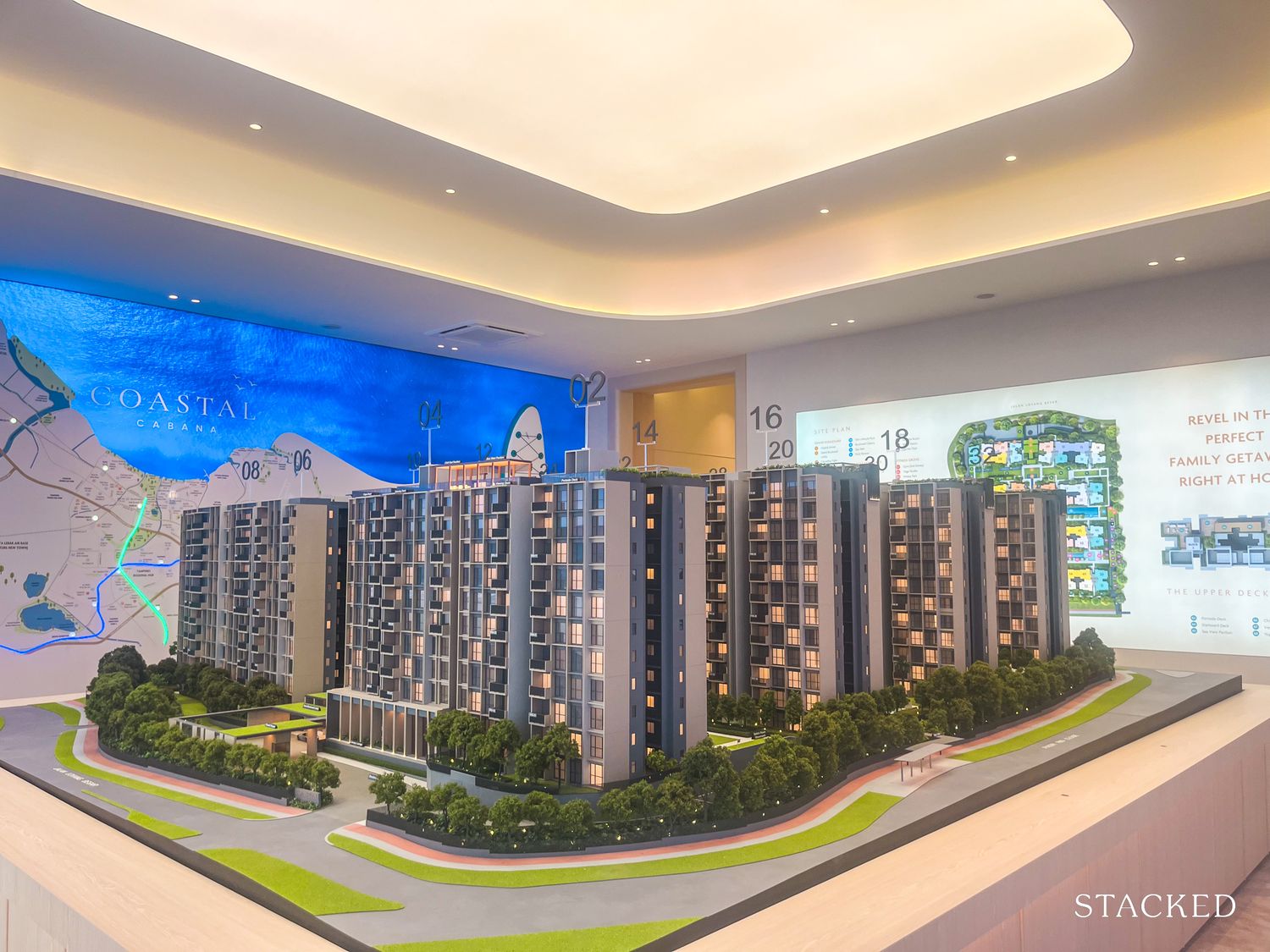$8.7 Million Profit? 5 Common Traits From The Biggest Property Gains And Losses
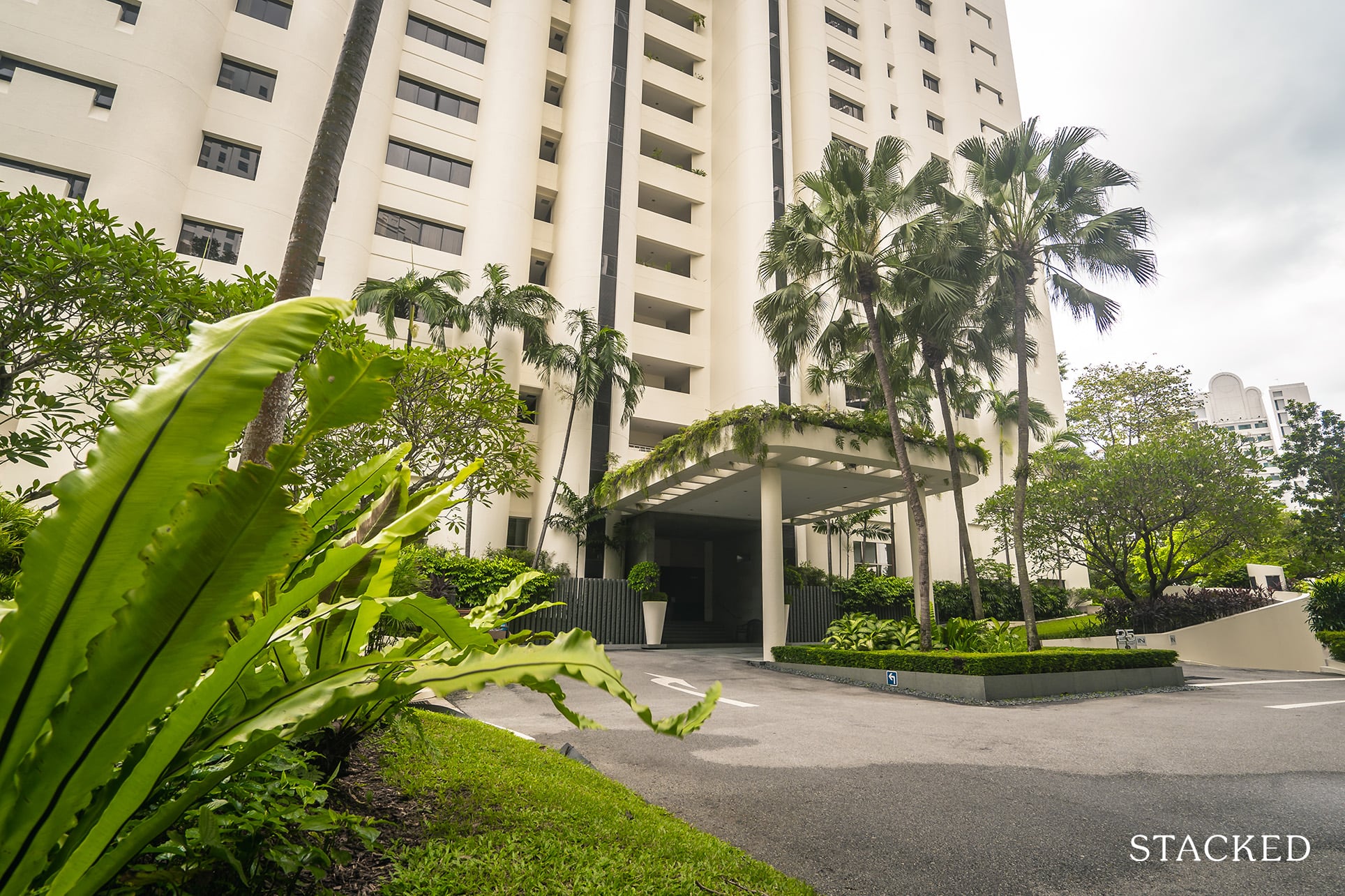
Get The Property Insights Serious Buyers Read First: Join 50,000+ readers who rely on our weekly breakdowns of Singapore’s property market.
A seasoned content strategist with over 17 years in the real estate and financial journalism sectors, Ryan has built a reputation for transforming complex industry jargon into accessible knowledge. With a track record of writing and editing for leading financial platforms and publications, Ryan's expertise has been recognised across various media outlets. His role as a former content editor for 99.co and a co-host for CNA 938's Open House programme underscores his commitment to providing valuable insights into the property market.
While most people can grasp basic concepts like “good location” or “good facilities”, the top gainers are almost always a surprise. Some of them can seem old and worse for wear, yet top the charts. Others can be in a prestigious location like Sentosa, and end up at the bottom of the pile. Here’s a look at some of the top gainers recently, and what they have in common:
One of the most profitable property transactions in 2021 was an ageing condo
This was a transaction at Yong An Park, an old (built 1986) but freehold condo along River Valley Road. This was for a 6,576 sq. ft. penthouse unit. Now while it’s not surprising that a huge penthouse unit would sell for a high quantum, what’s impressive is the net gain:
The unit was bought for $578 psf in May 2000, but sold for $1,901 psf in September 2021.
The sale price was $12.5 million, with a profit of $8.7 million. This comes to an annualised return of 5.7 per cent per annum. Note that the norm for most residential properties, bought within the past decade, is between two to three per cent.
That’s an outstanding performance, from a development that many would have glossed over due to its age.
The top gainers may not be the shiny, iconic condos we expect
For example, one of the top gainers to date is a penthouse unit at Golden Mile Complex. It was just 926 sq. ft. (smaller than a 4-room flat). Many of the top gainers – by percentage – are also properties that you wouldn’t look at twice if you walked past.
Likewise, there can be condos in high-profile locations, that actually end up being among the top losers.
Feel free to sort the table by its column.
What are some shared traits of top gainers (or some top losers?)
- Small developments, often old and freehold
- Top gainers and losers can be in prestigious areas
- For top gains by percentage, the quantum is comparable or less than a landed home
- Holding period plays a noticeable role
- Recent gains may be a result of trends rather than fundamentals
1. Small developments, often old and freehold
If we look at top gainers by quantum, all the condos are freehold. The newest of these developments, Ardmore Park, dates back to 2001, while Nassim Jade is the next newest (1997).
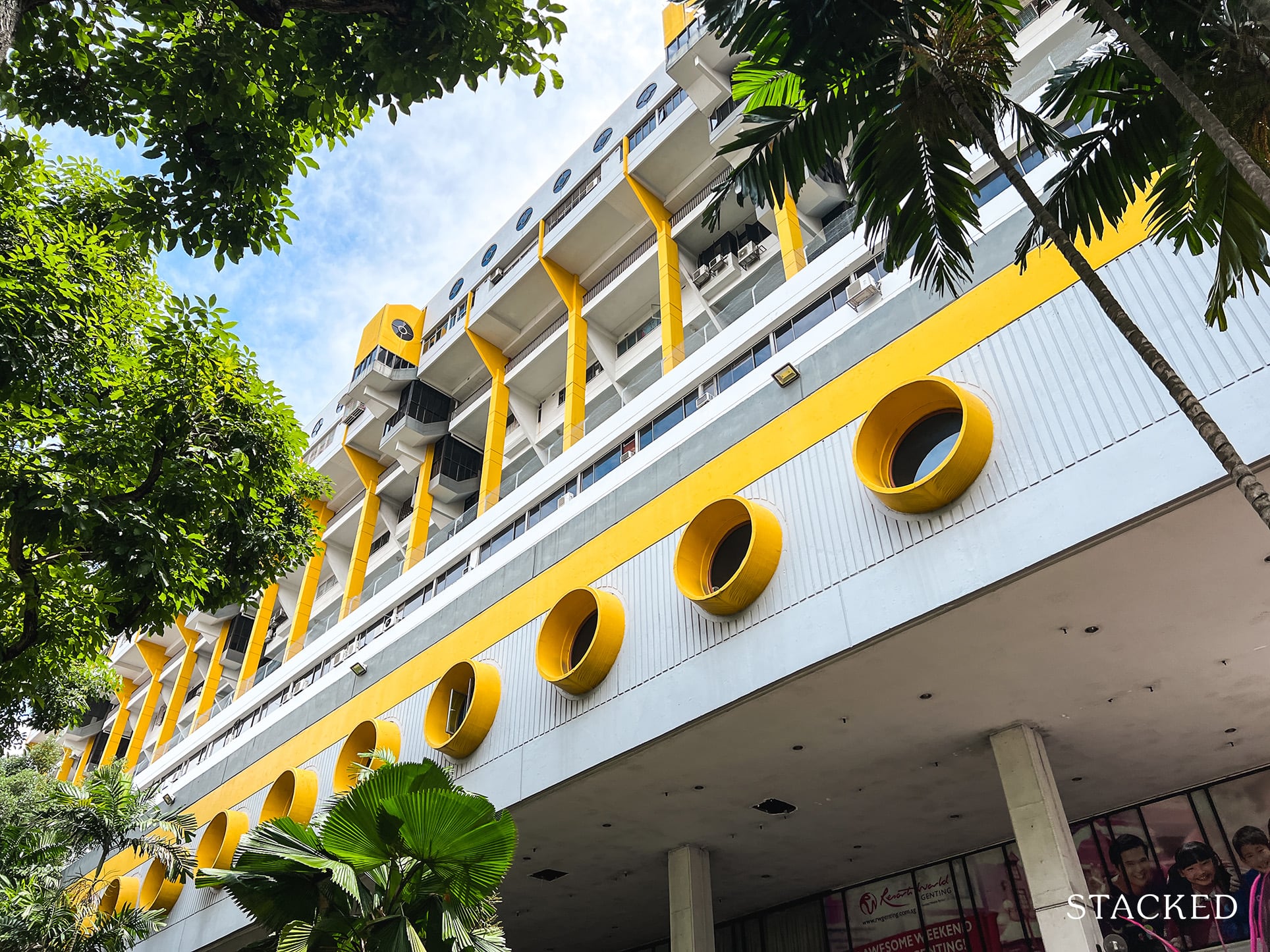
Among top gainers by percentage, the units are mostly freehold or 999-years (which is effectively similar). Only Golden Mile Complex is 99-years, and we note that Golden Mile was recently gazetted for conservation. Among this batch, the newest condo is Balestier Towers, which goes back to 1991.
Likewise, all the top gainers are in small or boutique developments. Yong An Park, which just made the news, is among the largest on the list at 288 units – a number considered small by today’s development standards. Four Seasons Park is the next smallest, at 202 units.
Beyond that, the top gainers typically have fewer than 100 units. Lien Towers, for instance, has only 24 units.
This clarifies, unsurprisingly, that buyers of penthouse units are mainly looking for exclusivity; and that “investment-worthy” penthouses are much harder to find in 500+ unit developments.
2. Top gainers and losers tend to be in prestigious areas
All the top gainers tend to be in districts 7, 9, and 10; no surprise there.
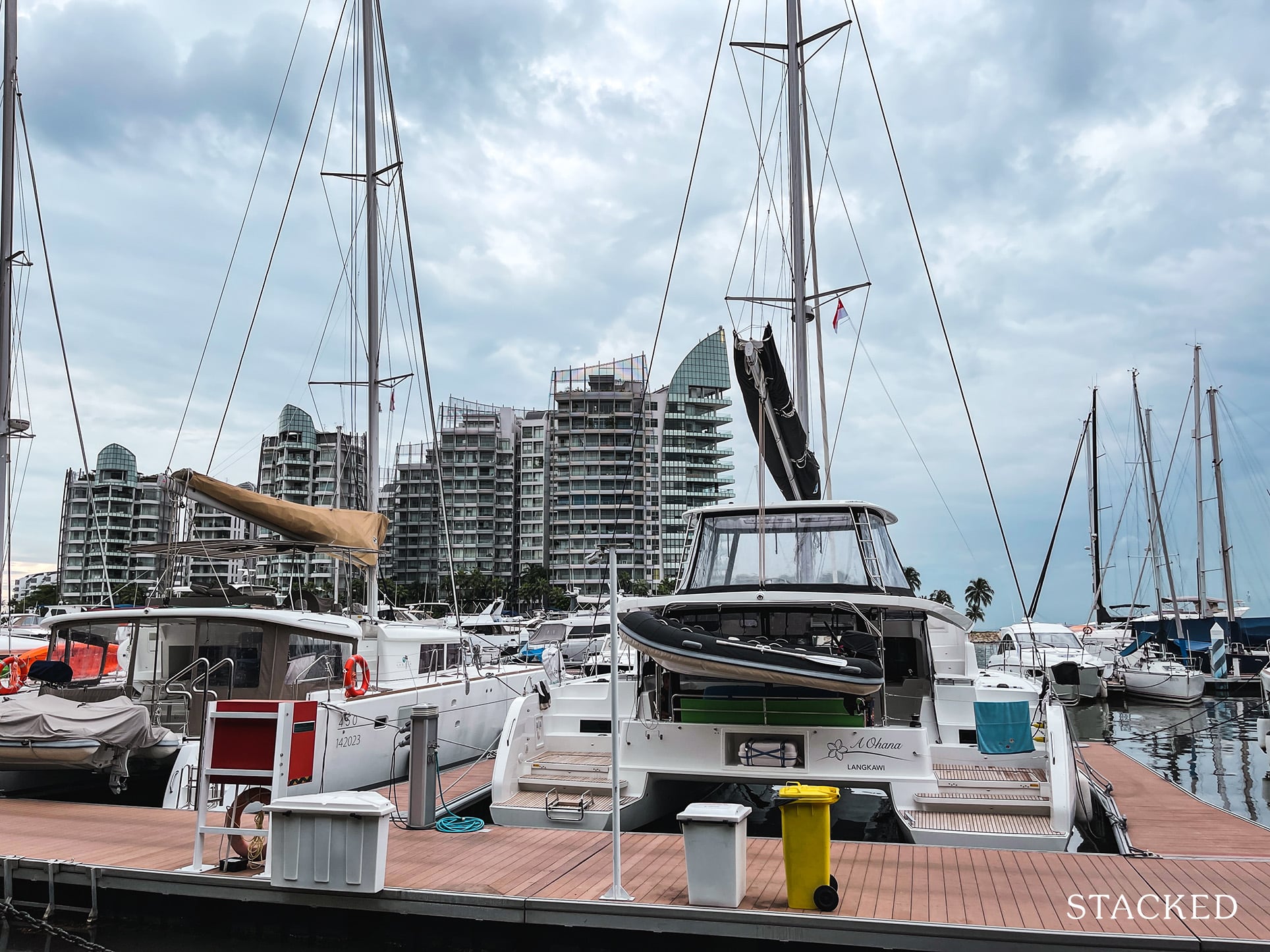
But conversely, almost all of the worst losses seem to be clustered in District 4 (Keppel, Mount Faber, Sentosa); an area that most Singaporeans would consider prestigious too.
This could be due to the decade long stagnation of Sentosa; or it could be because, at the price of a penthouse, buyers in that area would rather a landed property in Sentosa. Turquoise, Reflections at Keppel Bay, and Seascape – all on the highest losses list – are within the Sentosa area.
While Districts 9 and 10 have their share of losing transactions, note that only one (Orchard Scotts) is among the top losers by percentage.
More from Stacked
This New Executive Condo Is Just 5-Minutes From Tampines North MRT: Is Aurelle Of Tampines Worth A Look?
Tampines North is certainly having its moment. Hot on the heels of Parktown Residence, the upcoming launch of Aurelle of…
Some of the more contrarian strategies in the past five years, such as buying spacious penthouse units in OCR condos, or buying in Sentosa Cove believing prices had “bottomed out”, don’t seem to have paid off.
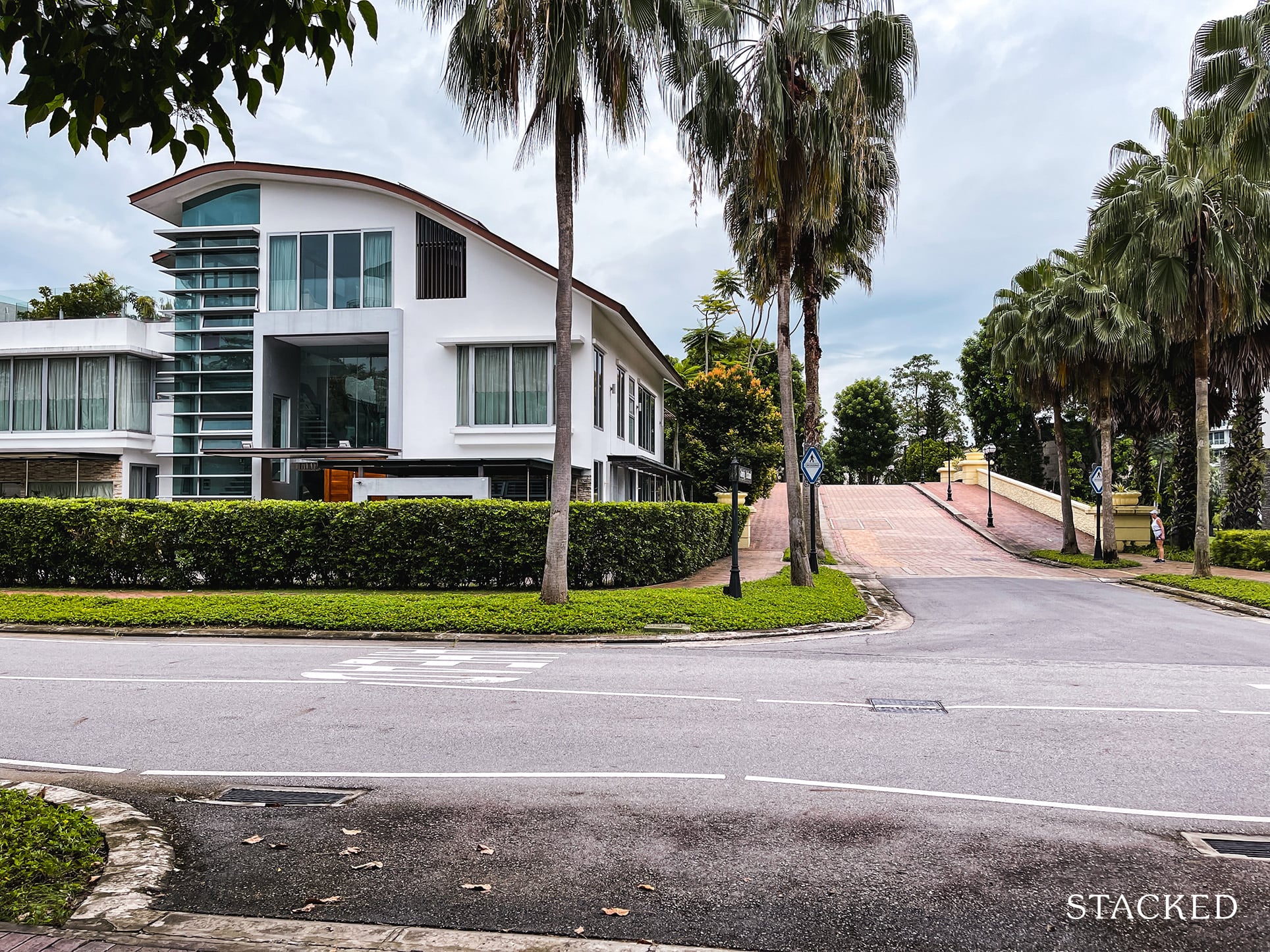
Property Market CommentaryAre Sentosa Cove Bungalows Really Seeing A Turnaround?
by Ryan J. Ong3. For top gains by percentage, the quantum is comparable or less than a landed home
In 2021, the average transaction price for landed (freehold) properties is $4.9 million, island-wide. The majority of top winners, by percentage, have a quantum below this amount.
Golden Mile Complex, for instance, shows the highest percentage gain at 754.5 per cent. However, the transaction price is a mere $940,000; lower than even most mass-market condos. 336 River Valley, the next highest by percentage gain (around 558 per cent), costs $5 million; on par with the average for a landed home.
This could be attractive to some buyers, who want to see comparable spaciousness and luxury, but at a fraction of landed housing costs. Note that most of the top gainers – barring exceptions like Golden Mile – tend to be huge, some exceeding 2,000 sq. ft.
That said, this doesn’t hold true for the top gainers by sheer quantum, which has costs that are comparable to true landed properties.
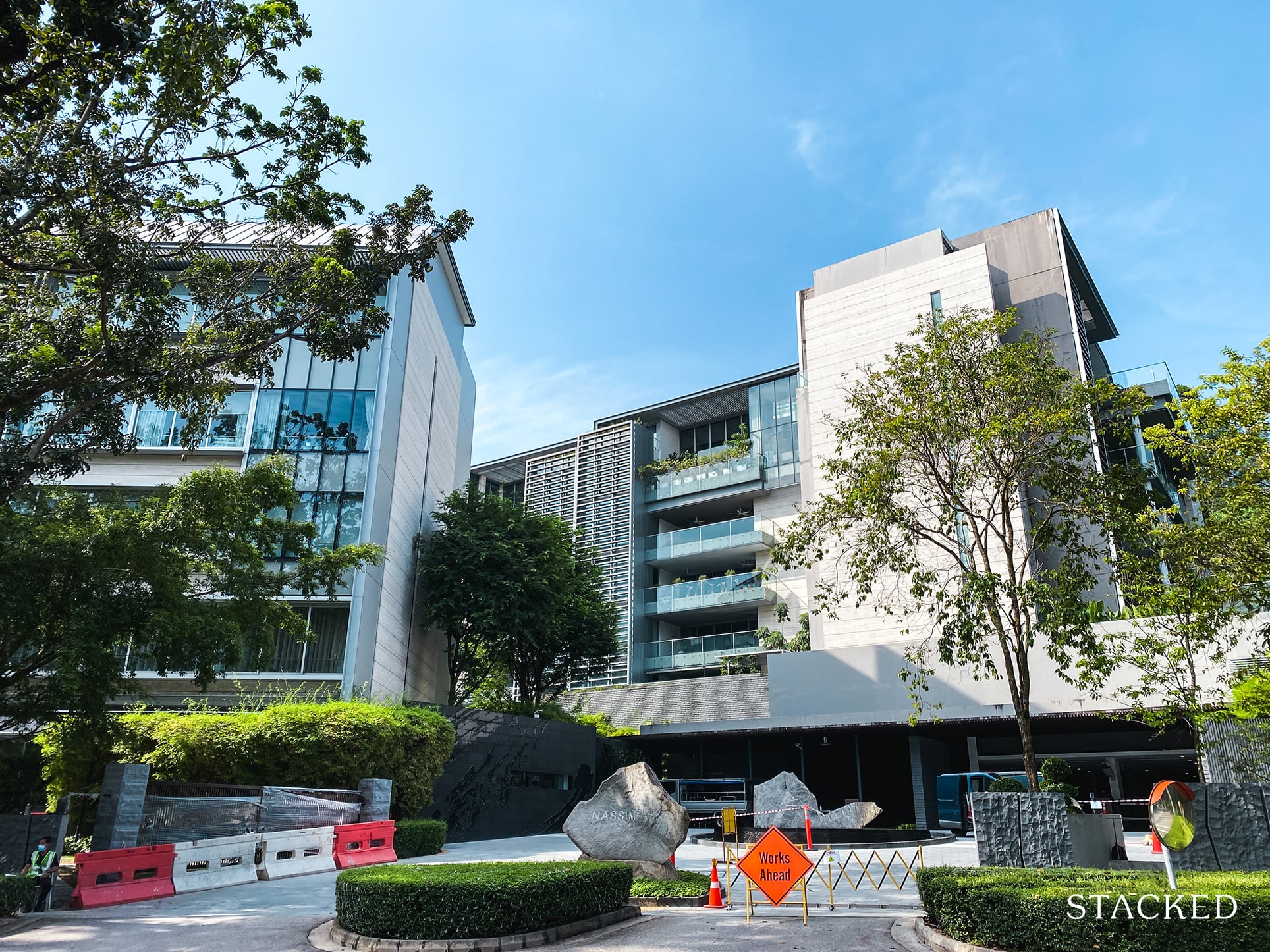
4. Holding period plays a noticeable role
Jaw-dropping, million-dollar losses are mostly due to short holding periods. For example, in the $4.77 million loss of the Orchard Scotts unit, the original purchase was in October 2013, while the sale was in February 2017.
Some of the top losses did have holding periods of 10 years or more; but in general, it was the quick resales that tended toward bigger losses.
Likewise, you can see that all the top gains are all from the older condos, with the earliest purchase date in the year 2005. The property market has been boosted leaps and bounds since then and it does show that time in the market will always be better than timing the market.
That said, it’s important to note that the gains you’d have seen from the past will unlikely ever be repeated again. It’s due to a combination of reasons, but a major one would definitely be the various cooling measures placed on the market.
5. Recent gains may be a result of trends rather than fundamentals
While the Yong An Park transaction was an eye-opener, it’s worth considering the context: since last year, practically every segment of the property market has been on the rise.
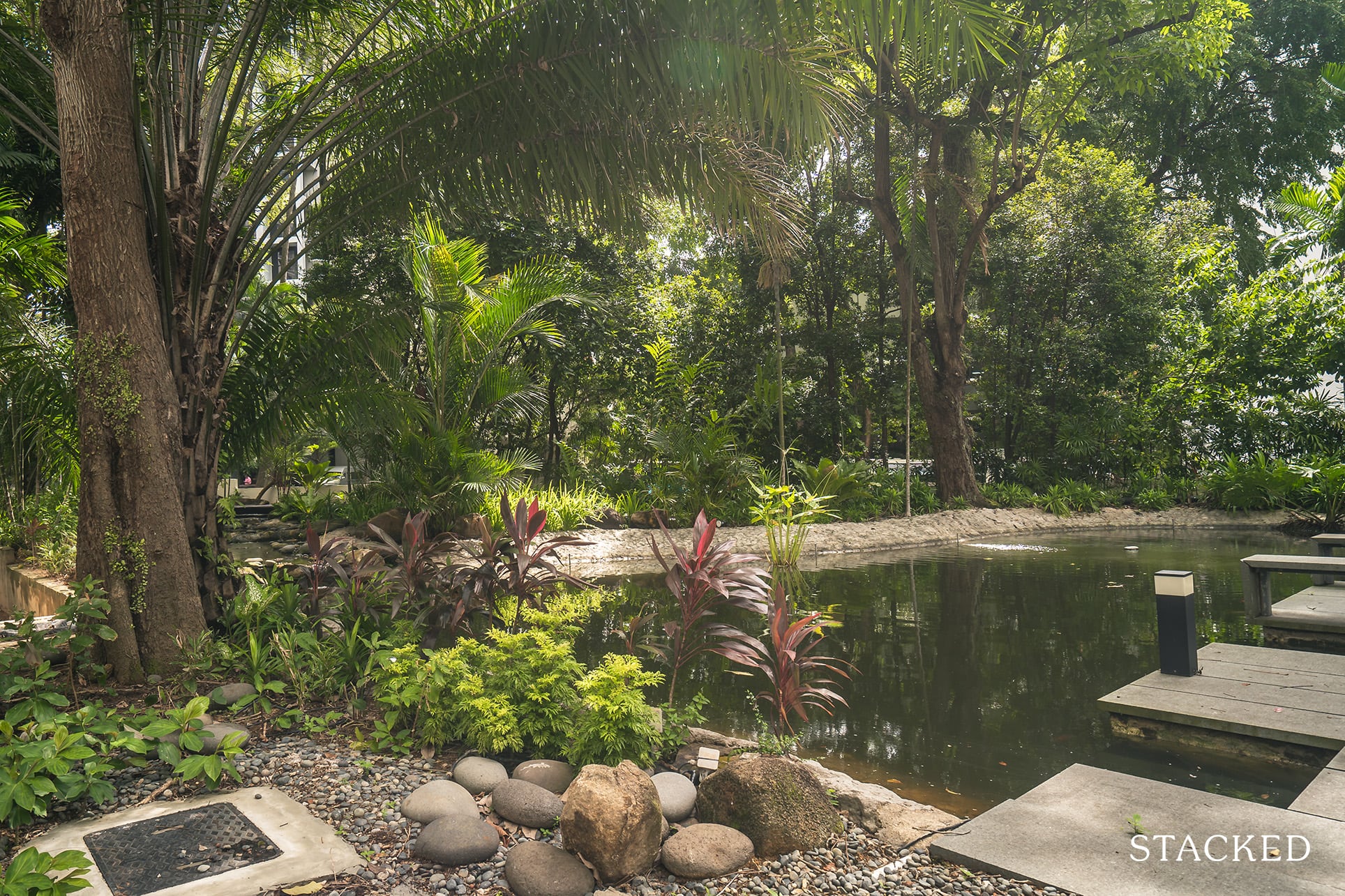
It’s hard to isolate its location or size as a factor and use it as an argument for or against this specific unit type. That said, we mentioned above that several top gainers have the spaciousness of landed properties but transact at much lower.
There is an ongoing trend for larger units, as the bulk of buyers today are often HDB upgraders (family units prefer at least 1,000+ sq. ft.)
Other contributing factors are a record-low interest rate, and interest in Districts 9 and 10 as safe havens in the Covid storm.
Nonetheless, recent transactions show penthouse units can be more than just indulgences
Small developments, long-term commitment, and a willingness to consider older properties appear to be important, with regard to the top gainers.
Nonetheless, we can’t ignore that many top gainers are large, high-quantum properties. Also, they are often small or boutique projects, which means you need to contend with a much higher maintenance fee on average.
It’s an old irony, but it’s true that you need to have money to make money. Many of the top gainers are not units that would have been within reach of the average buyer.
You can consult one of our experts at Stacked for more details. For alternatives, you can also check out our in-depth reviews of new and resale condos alike.
If you’d like to get in touch for a more in-depth consultation, you can do so here.
Ryan J. Ong
A seasoned content strategist with over 17 years in the real estate and financial journalism sectors, Ryan has built a reputation for transforming complex industry jargon into accessible knowledge. With a track record of writing and editing for leading financial platforms and publications, Ryan's expertise has been recognised across various media outlets. His role as a former content editor for 99.co and a co-host for CNA 938's Open House programme underscores his commitment to providing valuable insights into the property market.Read next from Editor's Pick

Property Market Commentary 2025 Year-End Review Of The Singapore Property Market: What The Numbers Reveal

Property Investment Insights This 21-Year-Old Condo Didn’t Sell Out Initially, Yet Became A Top Performer

Property Market Commentary How The HDB Resale Market Performed In 2025, And What It Means For 2026 Prices

Property Market Commentary 4 Key Trends Reshaping Singapore’s New Launch Condo Market In 2026
Latest Posts

Property Market Commentary Why The Singapore Property Market Will Be Different In 2026 — And It’s Not Just About Prices

Singapore Property News Why More Land Doesn’t Automatically Fix Housing In Singapore

On The Market Here Are The Cheapest 4-Room HDB Flats in Central Singapore You Can Still Buy From $490K

Property Market Commentary When Renting In Singapore Is The Smarter Move — And Buying Can Wait

Singapore Property News Lentor’s First Condo Is Complete — The Early Profits May Surprise You

Property Advice We Own A $800K 1-Bedder And A $1.1M 3-Bedder: Is It Possible To Upgrade To A 4-Bedder Condo?

On The Market These Are Some Of The Cheapest 5-Room HDB Flats Left In Central Singapore

Singapore Property News $281.2M in Singapore Shophouse Deals in 2H2025 — But That Number Doesn’t Tell the Full Story

Property Market Commentary 5 Key Features Buyers Should Expect in 2026 New Launch Condos

Singapore Property News CapitaLand–UOL’s $1.5 Billion Hougang Central Bid May Put Future Prices Above $2,500 PSF

Singapore Property News Why New Condo Sales Fell 87% In November (And Why It’s Not a Red Flag)

Singapore Property News How Much Smaller Can Singapore Homes Get?
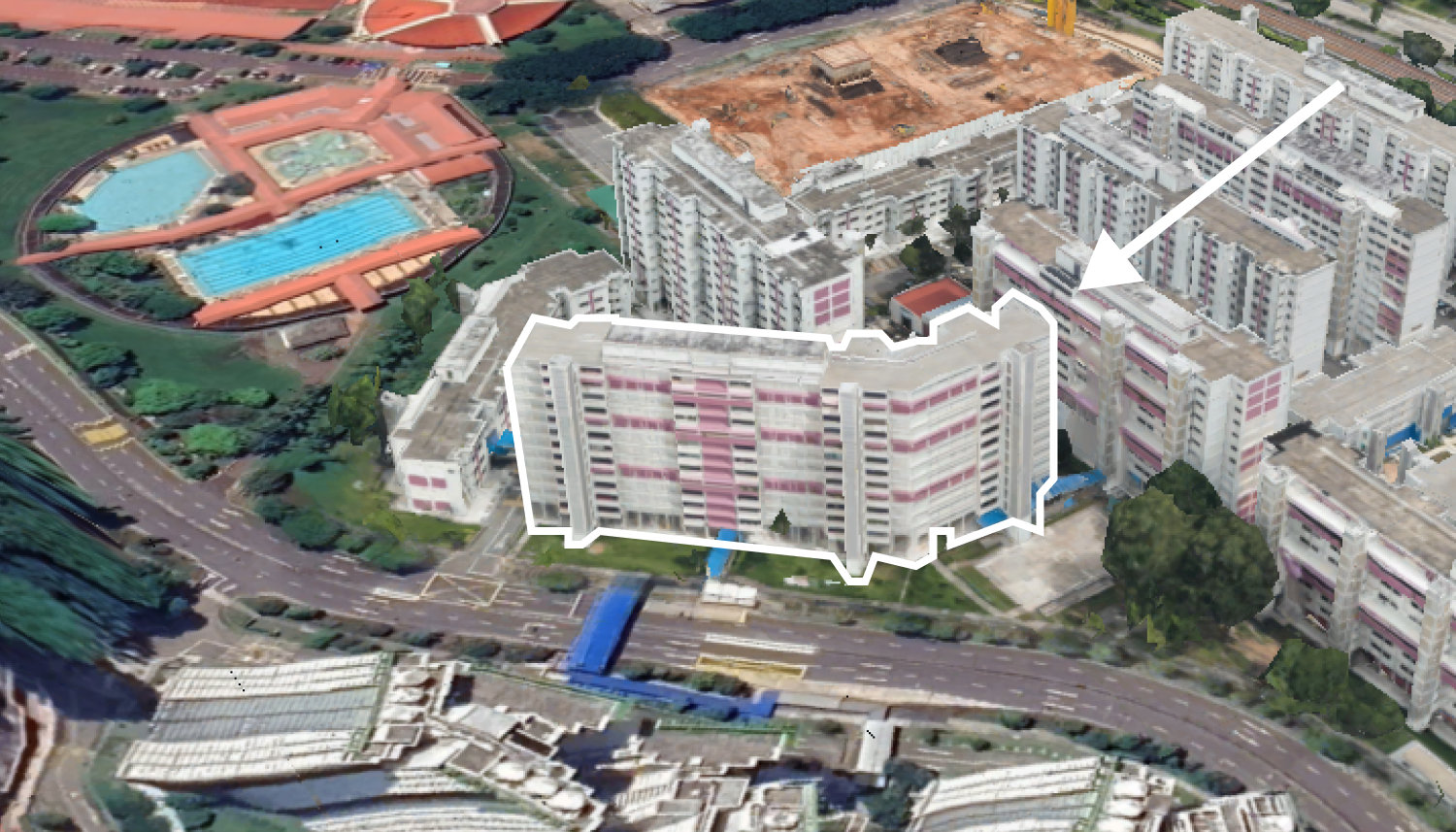
On The Market 5 Spacious 5-Room HDB Flats Under $600K You Can Still Buy Today

Property Advice I Own A 55-Year-Old HDB Flat, But May Have To Sell — Can I Realistically Buy A Freehold Condo With $700K?

Property Market Commentary Why It’s So Much Harder For Young Singaporeans To Buy A Home Today
